The Monumental Cemetery is considered an extraordinary open-air museum and is one of the two largest cemeteries in Milan, Italy. It covers an area of 250, 000 meters, rich with magnificent sculptures, obelisks, and Greek temples.
It was designed by the architect Carlo Maciachini who had a plan to build a single location for the many small cemeteries that used to be scattered around the city.

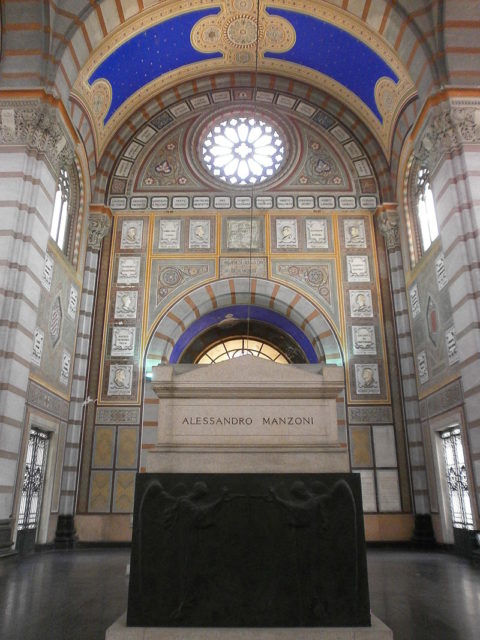

The cemetery is divided into three district zones: the central one, which hosts the graves of catholic people, the left area which is dedicated to non-Catholics, and the right, facing the façade, is dedicated to Jewish people. The main entrance is through the large Famedio, which is one of the most interesting monuments in the cemetery.
This massive Hall of Fame is a construction made of bricks and marble in a Neo-medieval style, containing the tombs of some of the most honored citizens of Italy. One of the most visited tombs is that of the novelist Alessandro Manzoni, and the best-known tomb is the Civico Mausoleo Palanti, built for the 800 citizens of Milan who were killed in Nazi concentration camps.
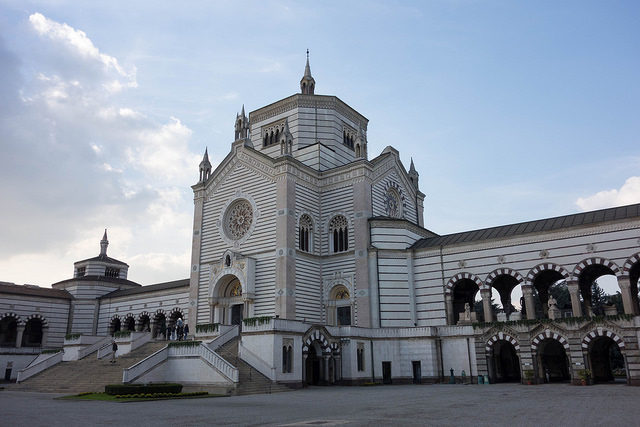

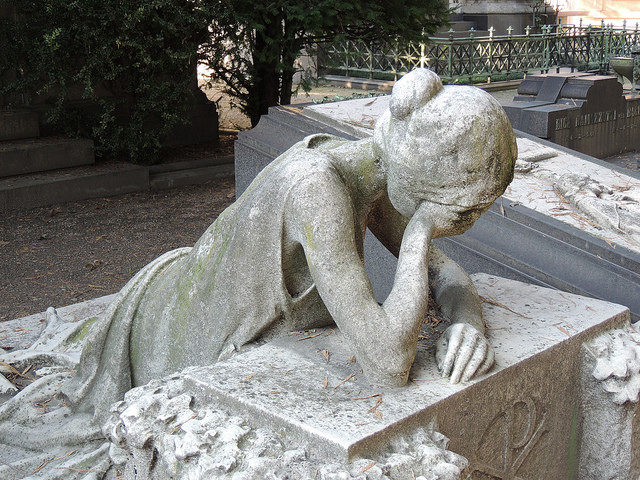
There are many different architectural styles, from Egyptian, Byzantine, and Neo-Roman, to Art Noveau and post-modern. The wealthy families from Milan built large tombs which were richly decorated with all kinds of figures, including sphinx, animals, angels and demons. One of the largest is the tomb of the Campari family, with a life-sized Last Supper sculpture in bronze, created by Giannino Castiglioni.
Castiglioni also worked on the mausoleum for the important local industrialist, Antonio Bernocchi. Other important people buried in this cemetery are Herman Einstein, the father of Albert Einstein; the Italian painter Domenico Induno; sculptor Adolfo Wildt; Filippo Tommaso Marinetti; Giuseppe Verdi; the composer Alfredo Catalani, and many more.
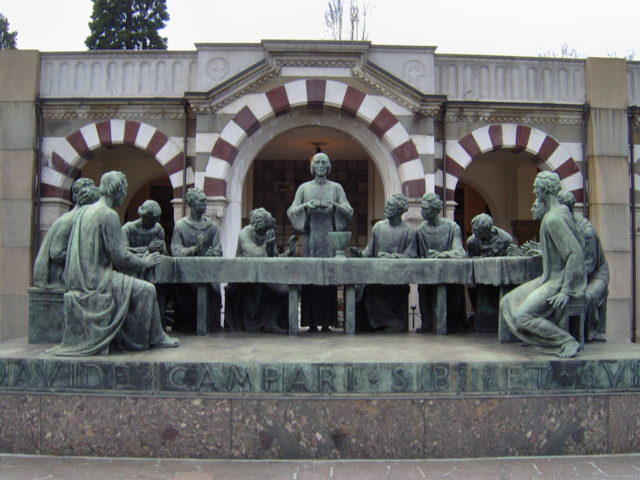
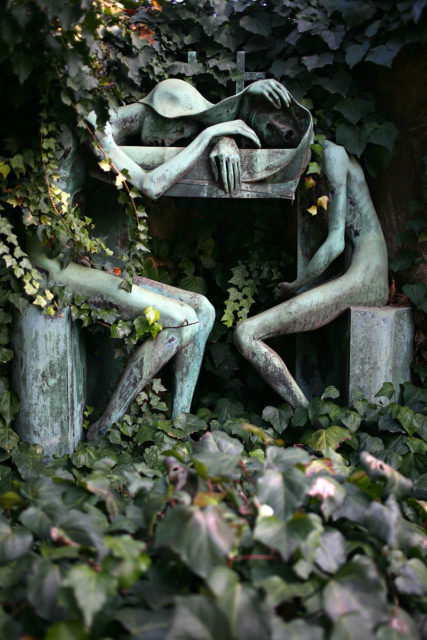
The Jewish section of the cemetery has a separate entrance and was opened in 1872. Maciachini planned a substitute for the Jewish cemeteries of Porta Vercellina, Porta Tenaglia, and Porta Magenta.
There is a permanent exhibition near the large Famedio where visitors can see prints, maps, and photographs showing the cemetery’s historical development. The Monumental Cemetry is a remarkable place to visit, which as a whole, creates an ambiance unmatched in many locales.
